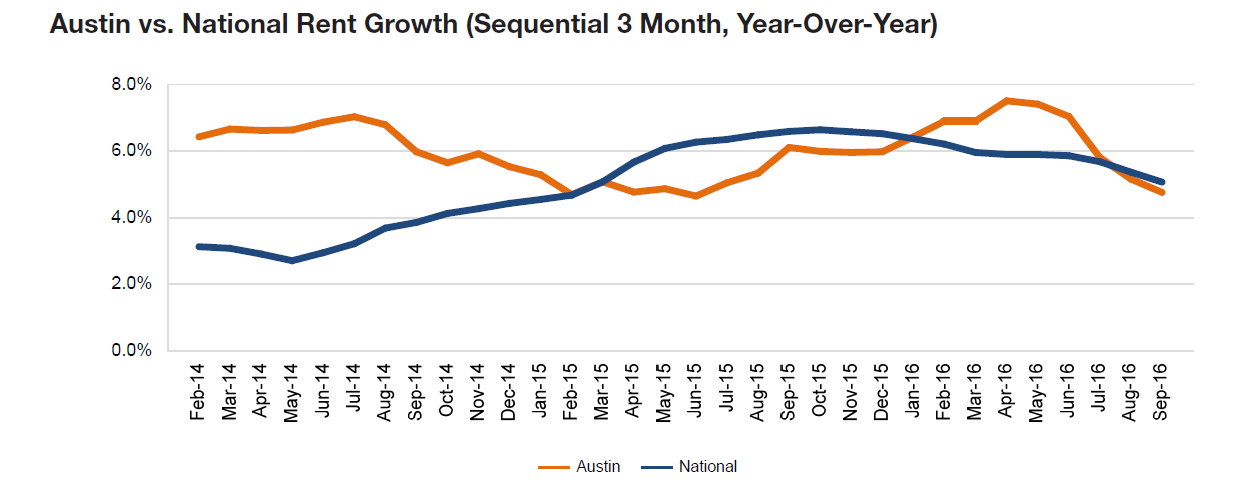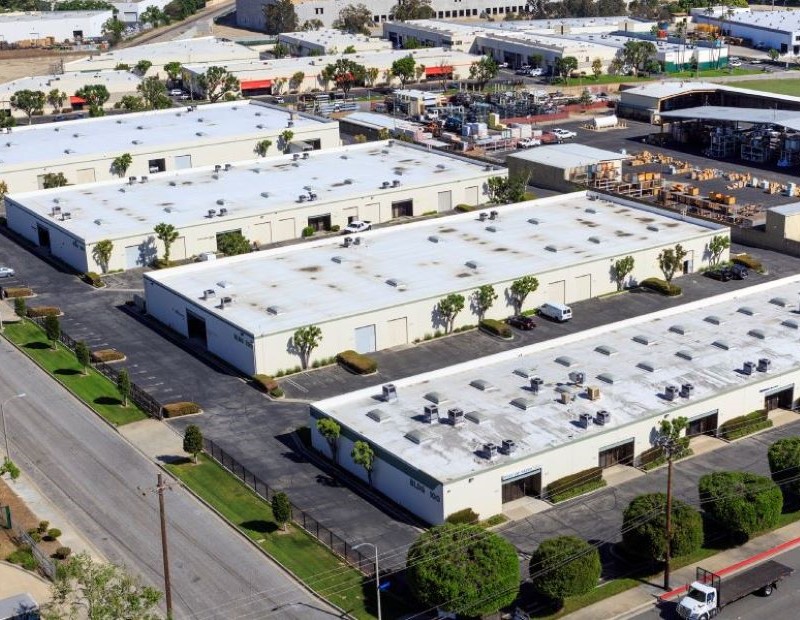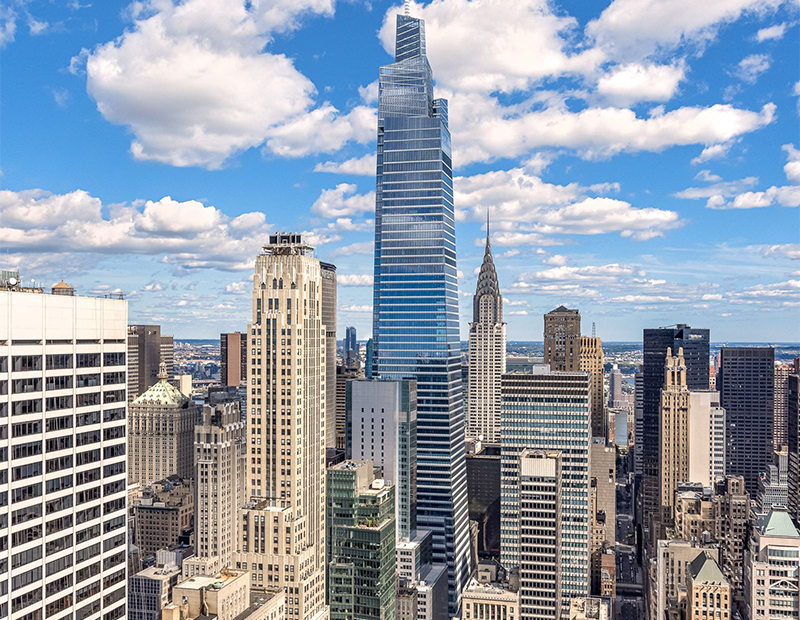Yardi Matrix: Austin’s Fundamental Growth
Austin continues to be one of the rapidly growing metros in the U.S. Its economy is experiencing healthy gains, with employment and population growth well above national averages.

Austin rent evolution, click to enlarge
Austin continues to be one of the rapidly growing metros in the U.S. Its economy is experiencing healthy gains, with employment and population growth well above national averages. Job gains are broad-based, with the most substantial amount of activity registered in the trade, transportation and utilities; professional and business services; and education and health-care sectors.
The influx of activity cuts across industries. A new Apple campus is expected to bring 3,600 new jobs, and Oracle has a 560,000-square-foot complex underway along Lady Bird Lake, while Dell’s Medical School at the University of Texas at Austin is scheduled to accept its first class in 2016. Furthermore, in a joint venture with Seton Healthcare Family and Central Health, a $295 million teaching hospital will be constructed adjacent to the new school.
Strong rental demand, duplicated by the urban hub and the college town, has helped to keep occupancies near record highs. It’s a double benefit, though, because growth is a boon to property owners and developers but puts pressure on renters. Apartment searches have become especially difficult for college students because they are priced out of the desirable properties near campuses. However, despite Austin’s rapidly growing population, the surge in inventory expansion raises concerns that the development pipeline will overshoot demand, triggering vacancy rates to rise and rent growth to slow in future years.







You must be logged in to post a comment.